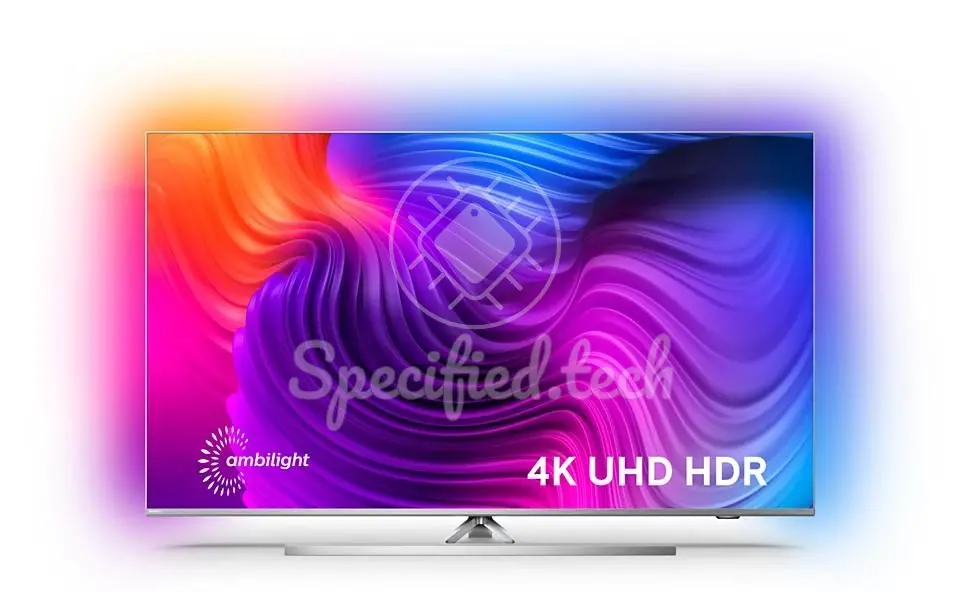
Display, power consumption, dimensions, technologies used, connections, certifications, comfort functions. All these keywords can be relevant for a purchase decision, but it is often difficult to make an exact comparison. For this reason, this article will summarize as many of the specifications mentioned as possible in a comprehensible form. Let's start with the most important component of the 43PUS8536/12 from Philips.
Additional information
display.aspect.ratio.height
116
display.aspect.ratio.width
1.778
Display to body ratio
92.7 percent
Diagonal (Display)
1.08 m
display.hdr.10
display.hdr.10plus
display.hdr.dolby.vision
display.hdr.hlg
Displaysize (in)
42 inches
Backlight technique
Direct LED
Display Bit-Depth
10 bits
Panel Type
MVA
Horizontal viewing angle
178 °
Pixel Density
103 ppi
Pixel Pitch
0.245 mm
Resolution (Height)
2160 px
Resolution (Width)
3840 px
Height (without stand)
52.9 cm
Series
8506
port.35jack.out
port.antennarffemale
port.ci1.4
port.j45
port.optical.audio
port.satelliteinmainftypefemale
port.usb.2
Has USB 3 ports?
Number of 3.5mm audio output jacks
1
ports.antennarffemale
1
ports.ci1.4
1
ports.hdmi.2.0
4
ports.optical.audio
1
ports.rj45
1
ports.satelliteinmainftypefemale
1
ports.usb2.0
1
ports.usb3.0
1
Released in year
2021 y
Width (without stand)
94.1 cm
Panel features frame rate control?
Operating System
Android 10
HDMI versions
- 2.0
Storage amount
- 16 gb
Width
96.2 cm
We are missing something - Can you help?

